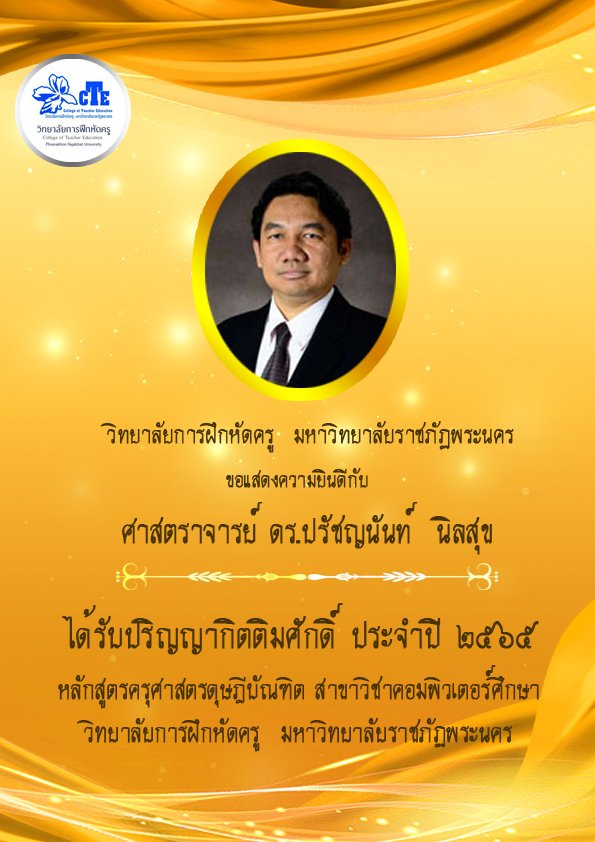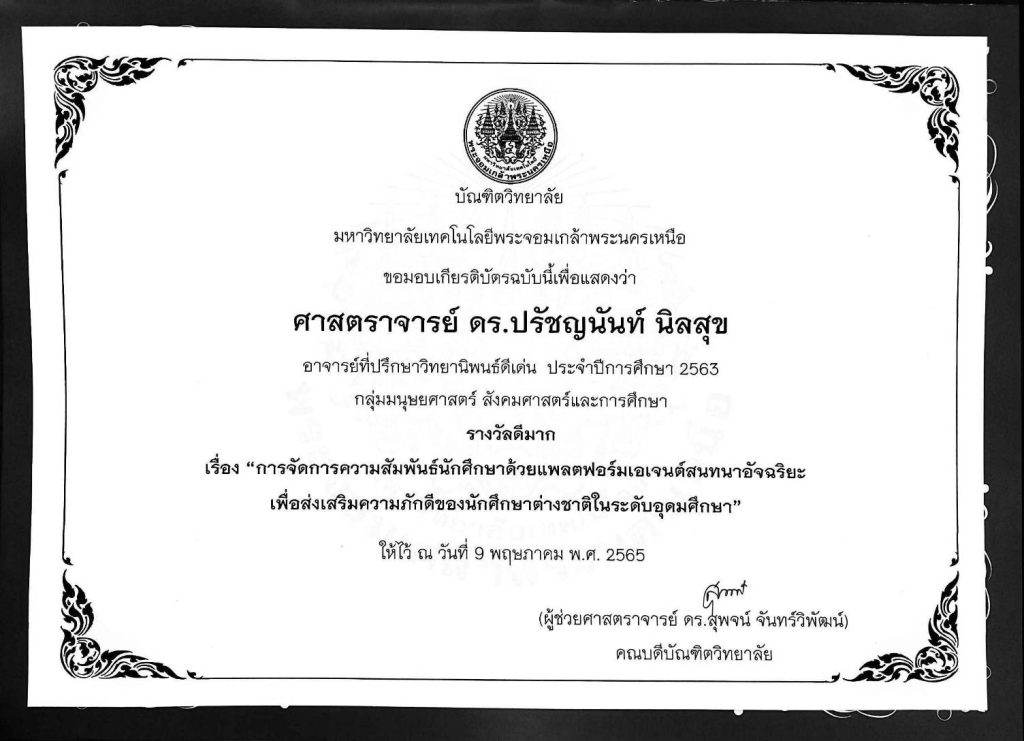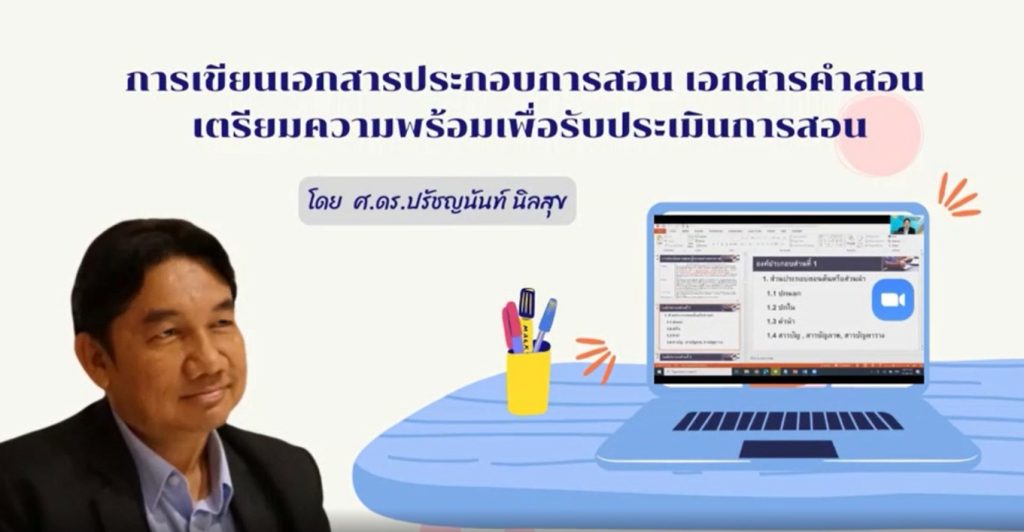Abstract:Unemployment is a global problem which, as well as being the source of scarcity and other problems, threatens people’s well-being. Effectively addressing the issue is one of the new challenges of the workplace in the age of digital technology. Tertiary education institutions strive to develop people’s potential before they enter the world of work. Developing the necessary skills – including operational skills with tools – requires laboratory training. A fabrication laboratory is an open space that promotes tooling skills, along with systematic and creative thought processes and inventiveness. All these can, in turn, form the basis of innovations that will benefit the community as a whole. This study began by looking at the trends and research related to fabrication laboratories. Then, in Step 2, it analysed and synthesised the relevant research, examined the elements of the fabrication laboratory, created a synthetic table and, finally, summarised the results. These showed that most of the research consisted of eight elements: 1) design spaces, 2) rapid prototyping tools, 3) electronic instruments, 4) mechanical tools, 5) scientific instruments, 6) a Group Learning Toolkit, 7) other tools, and 8) learning exchange or publishing spaces. This study is a review, therefore, of the research relating to the elements in the proper learning environment of a tertiary education fabrication laboratory. It is necessary if we are to develop the potential of learners across all sectors before they enter the world of work.Published in: 2022 International Conference on Decision Aid Sciences and Applications (DASA)Date of Conference: 23-25 March 2022Date Added to IEEE Xplore: 02 May 2022ISBN Information:DOI: 10.1109/DASA54658.2022.9765186Publisher: IEEEConference Location: Chiangrai, Thailand
S. Srisawat, P. Wannapiroon and P. Nilsook, “A review of the elements of a fabrication laboratory to develop engineering prototypes,” 2022 International Conference on Decision Aid Sciences and Applications (DASA), 2022, pp. 1122-1126, https://doi.org/10.1109/DASA54658.2022.9765186.



